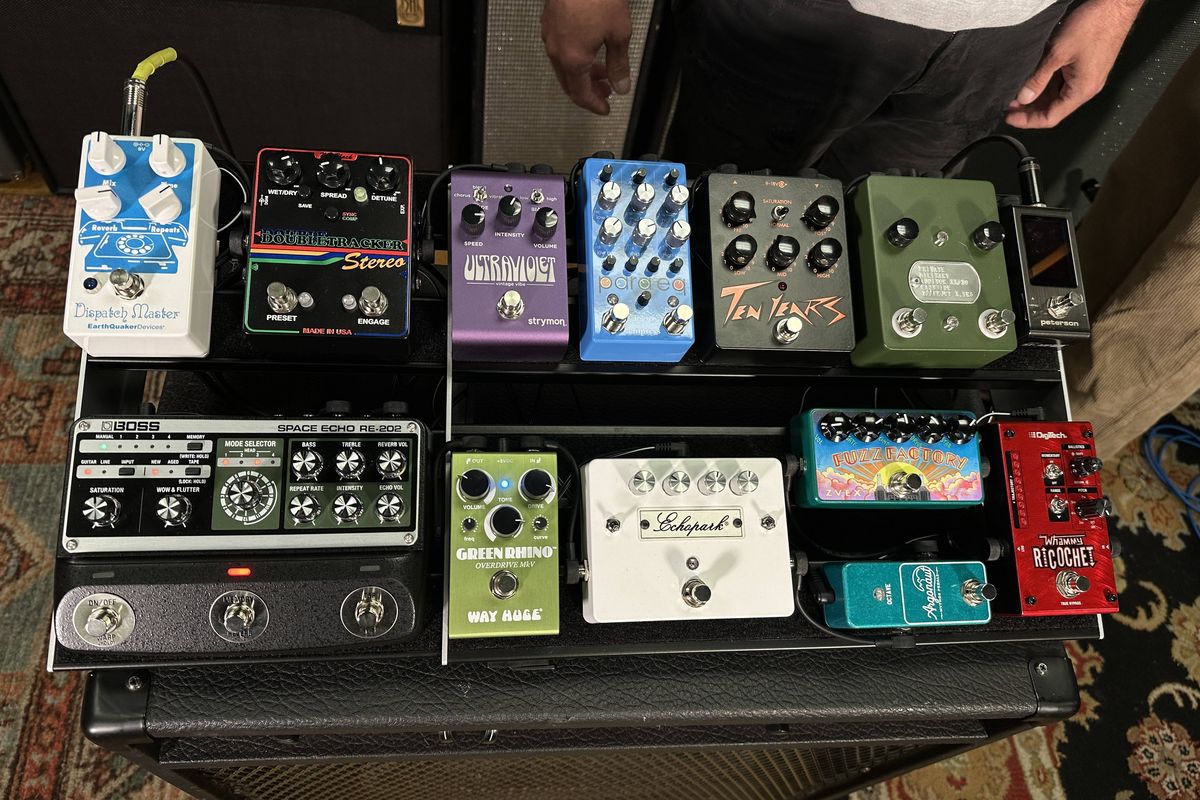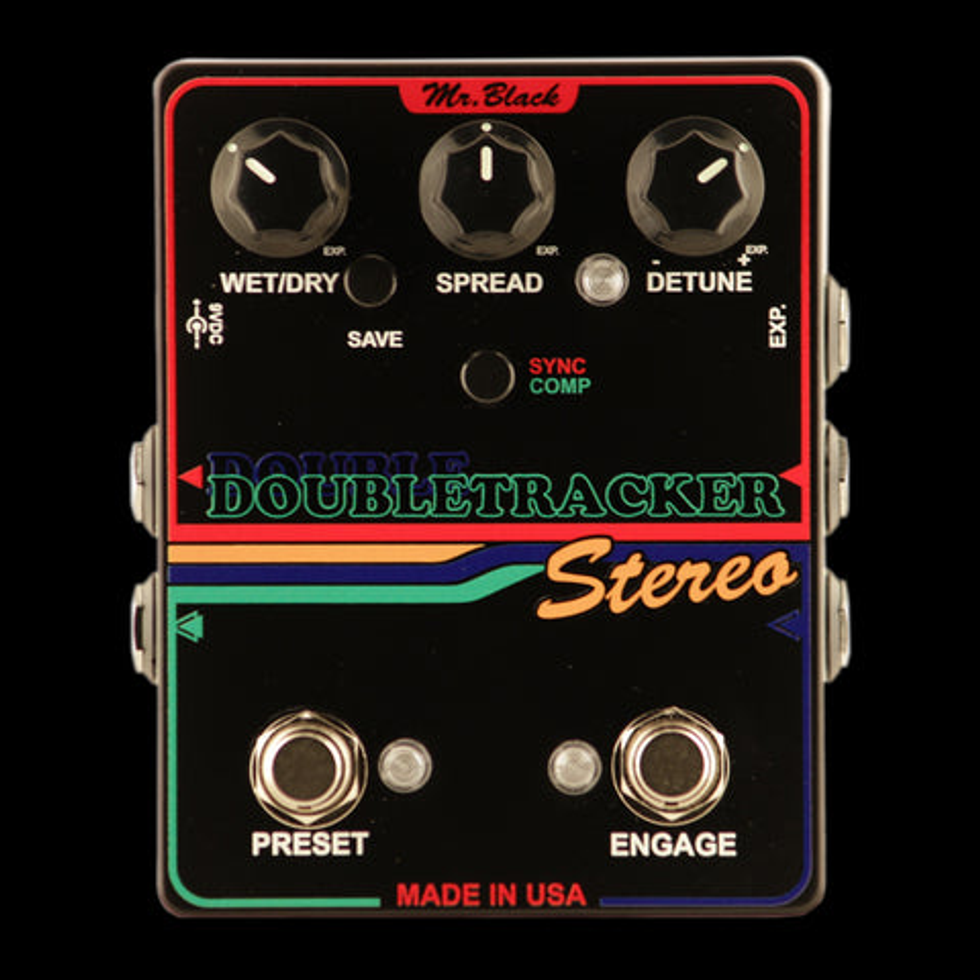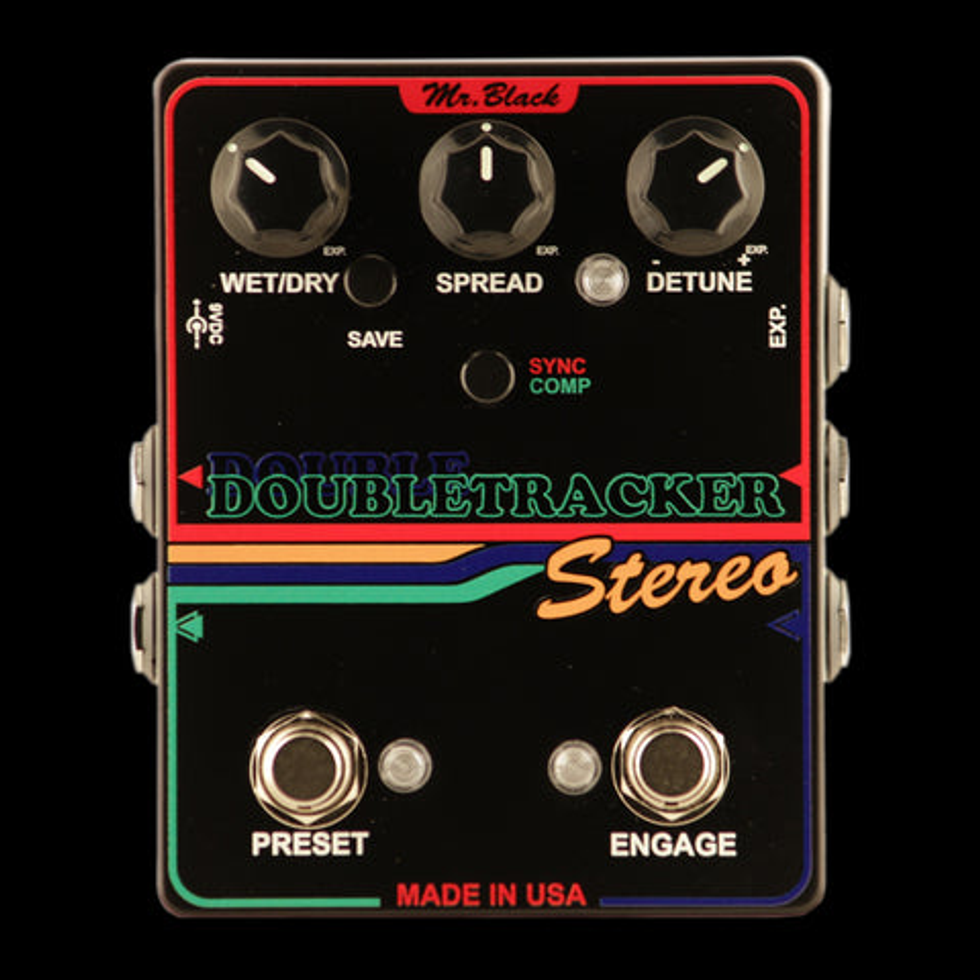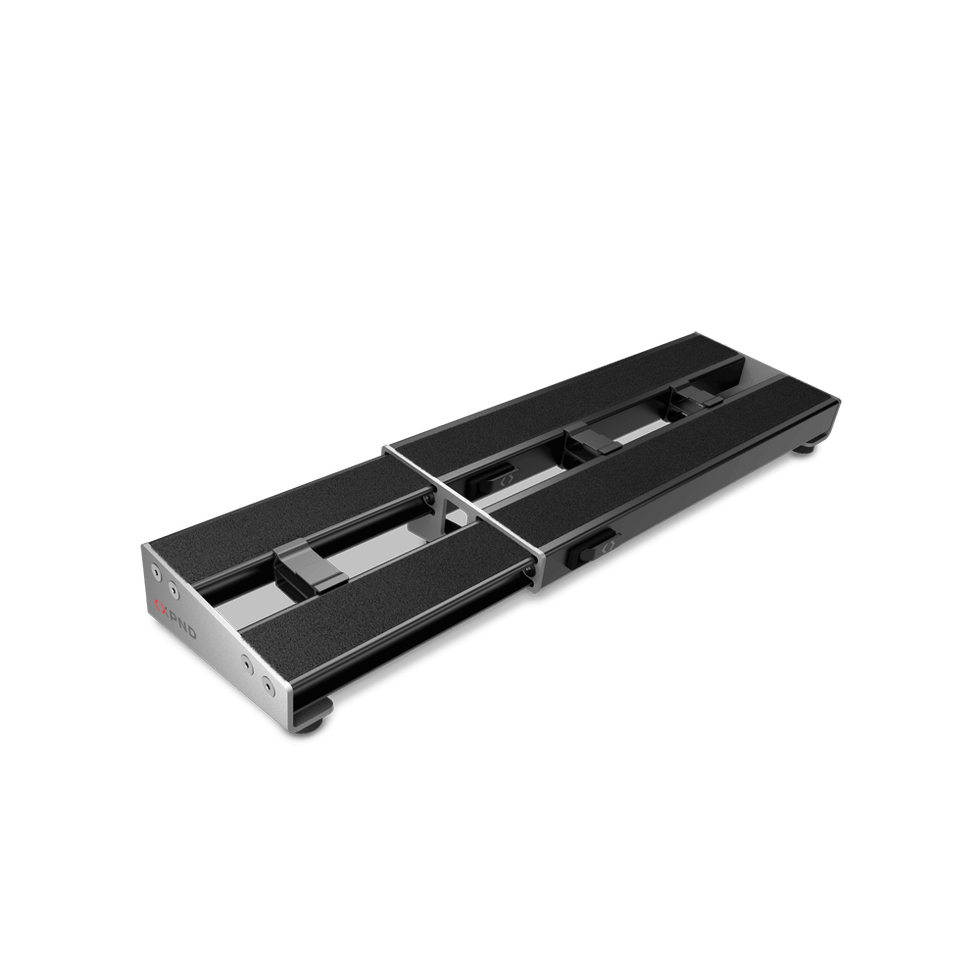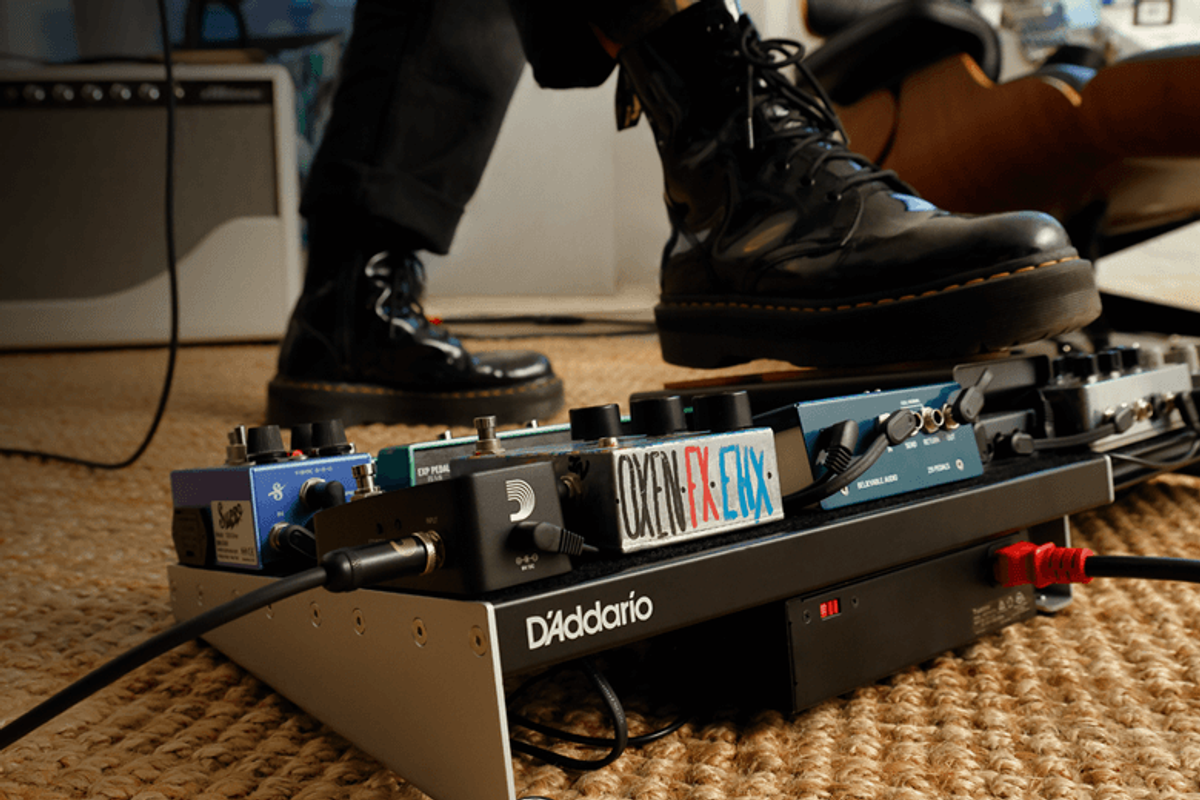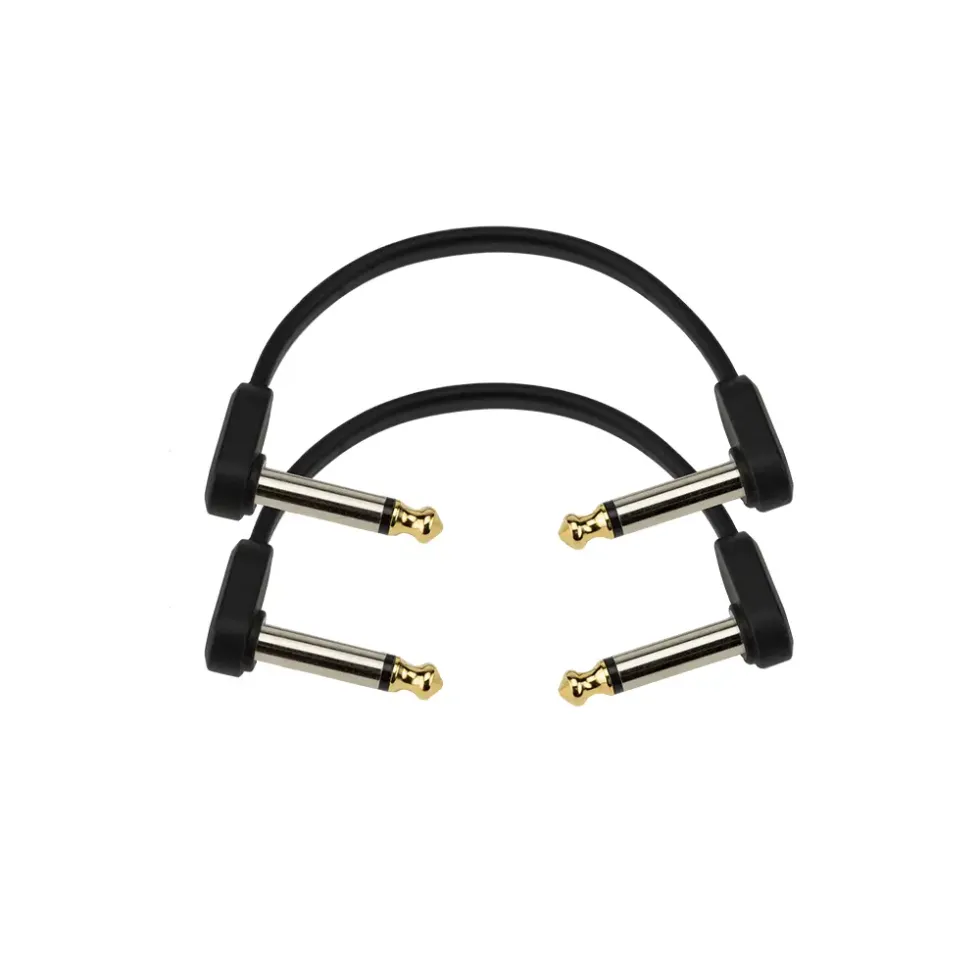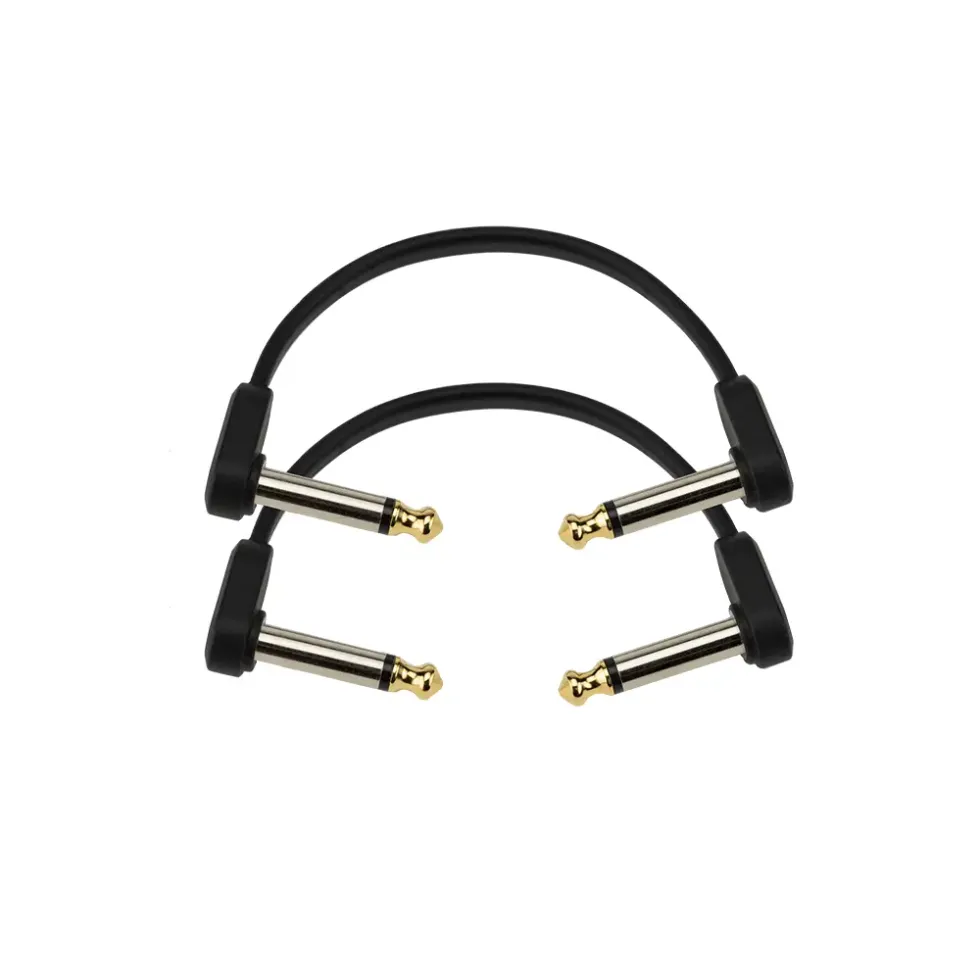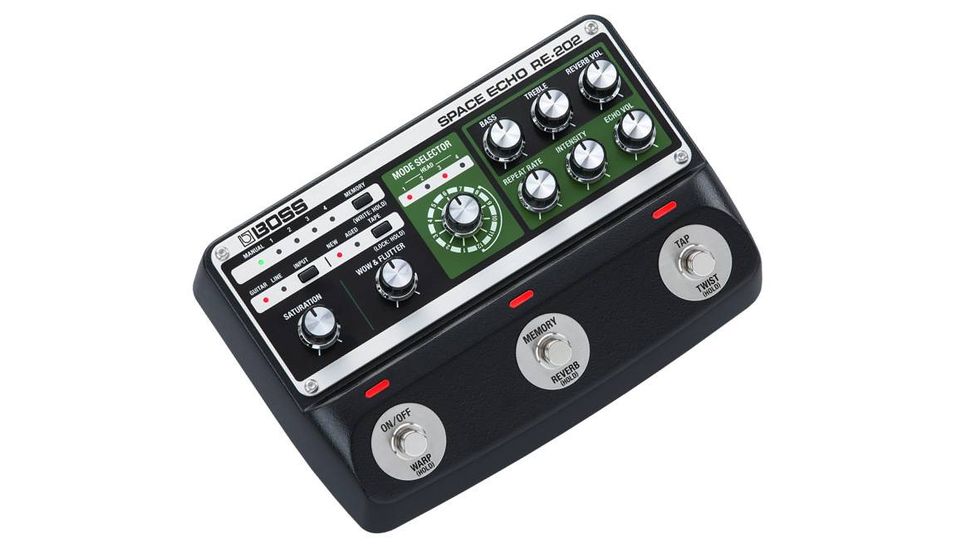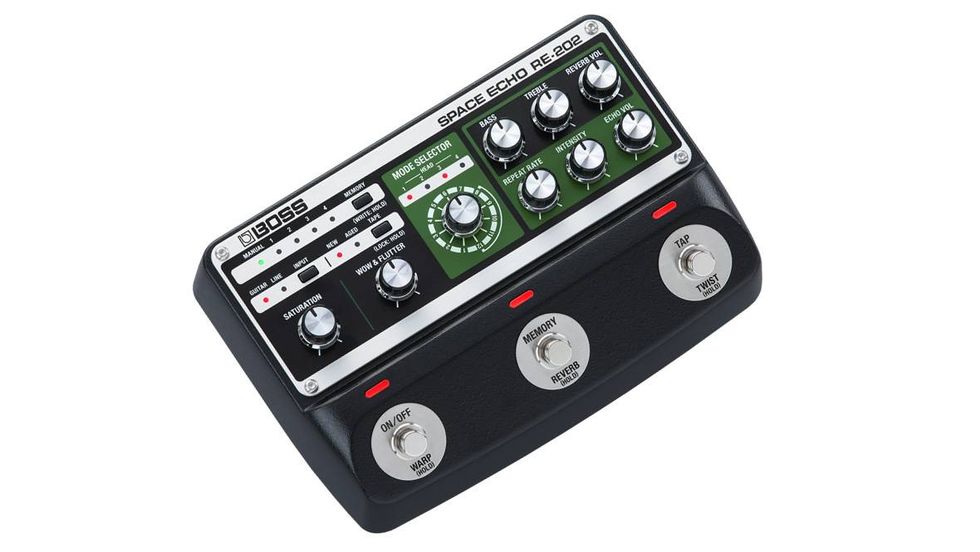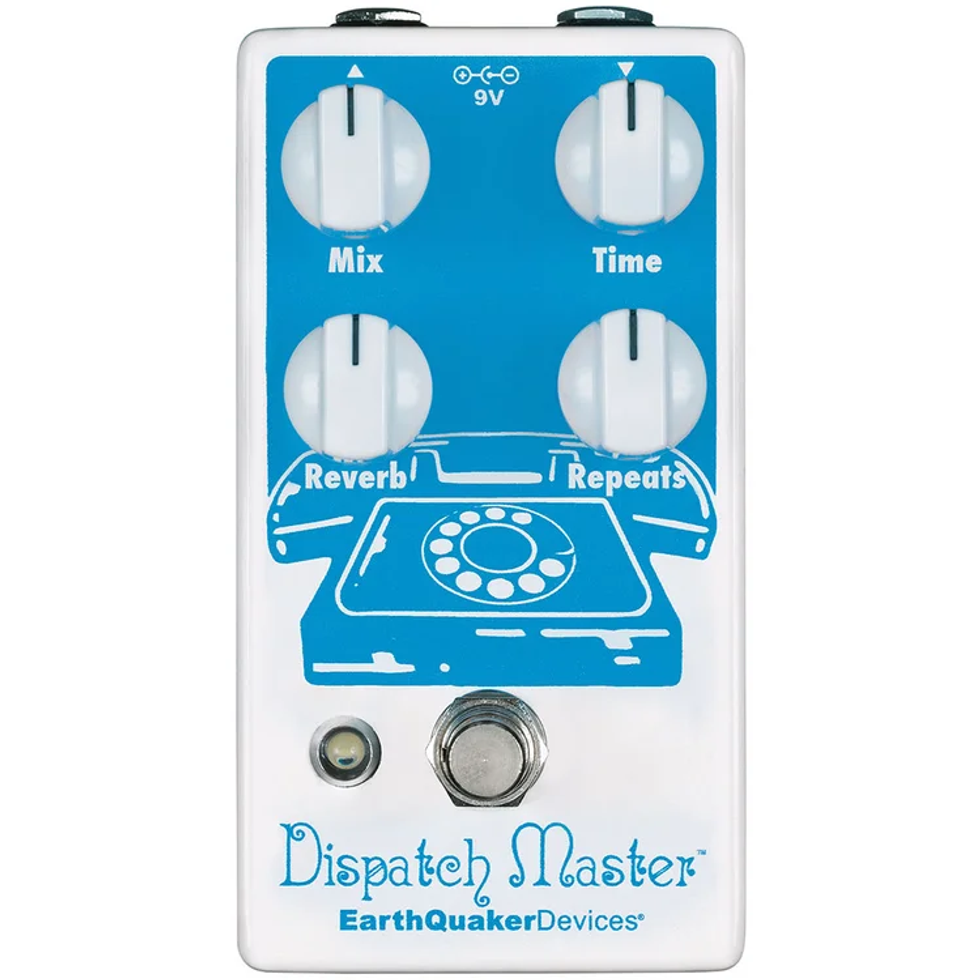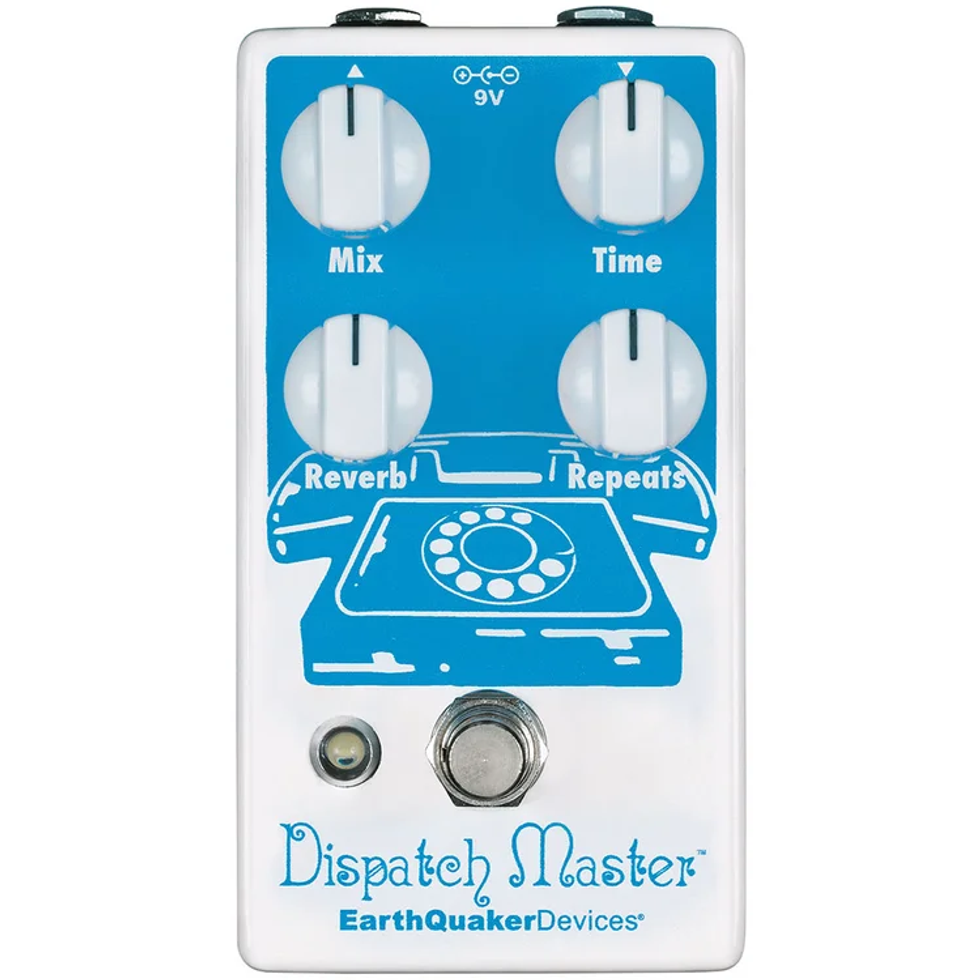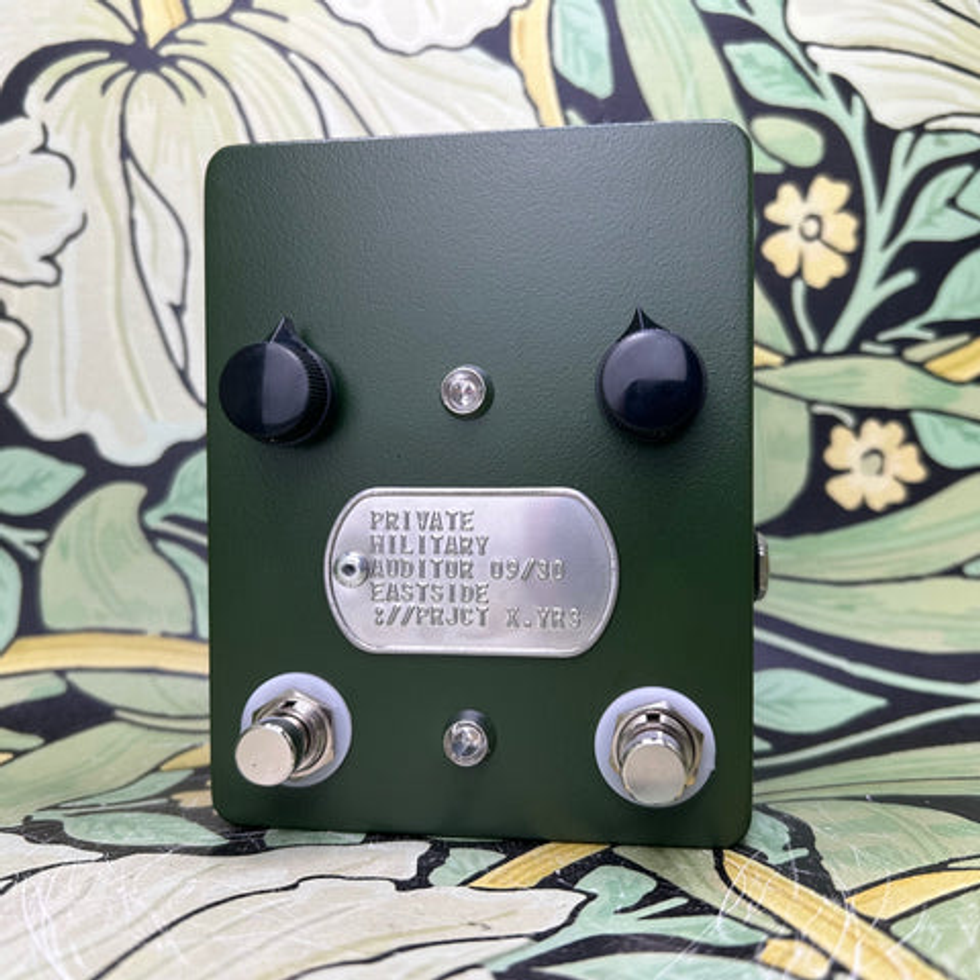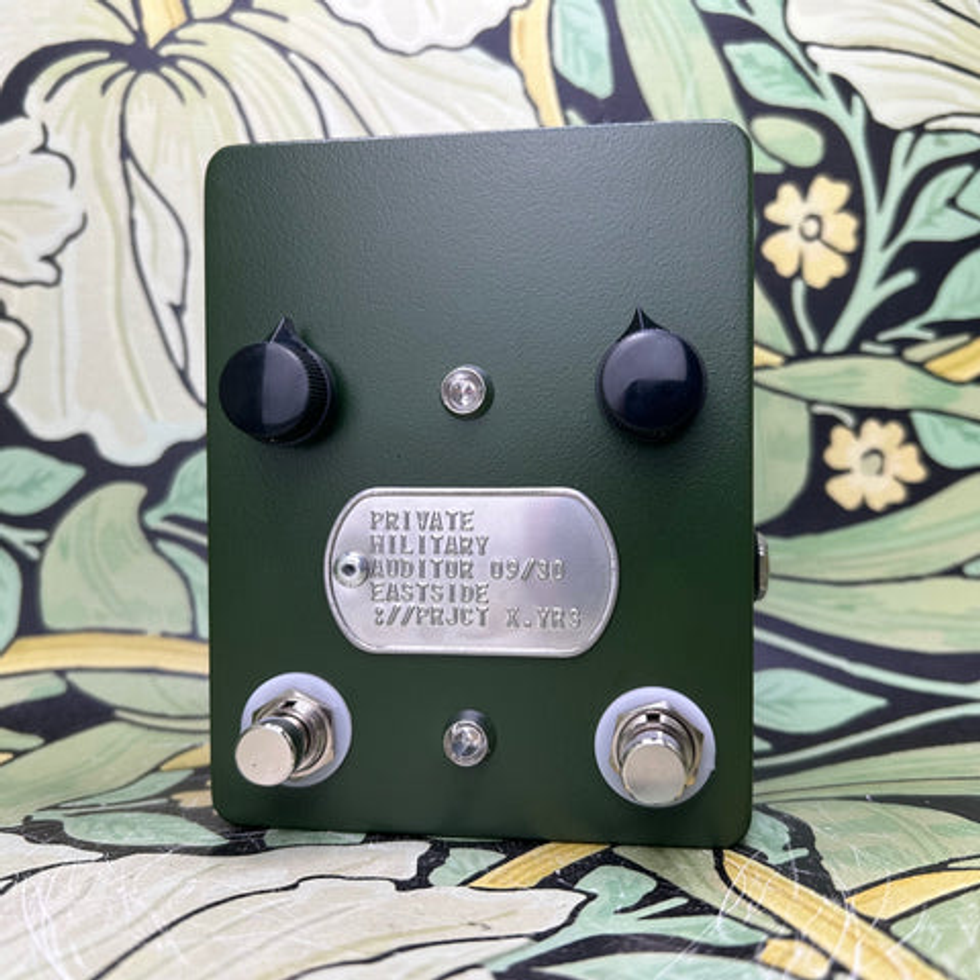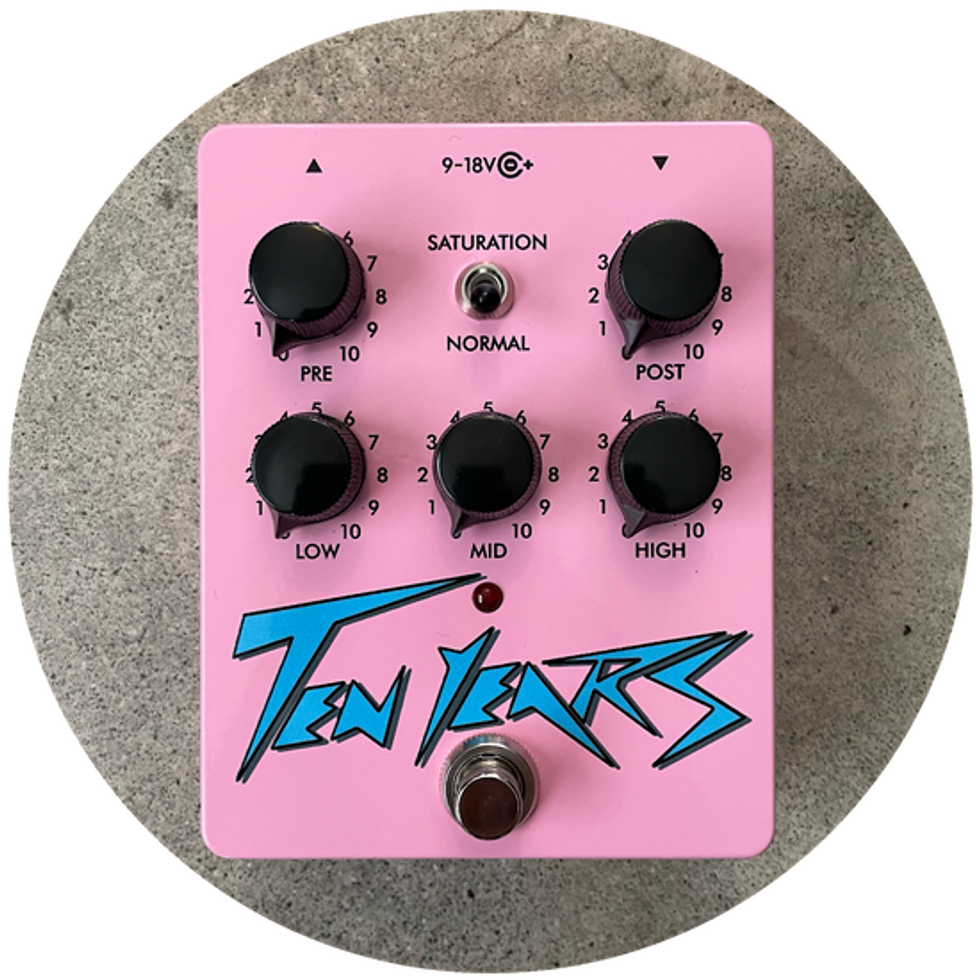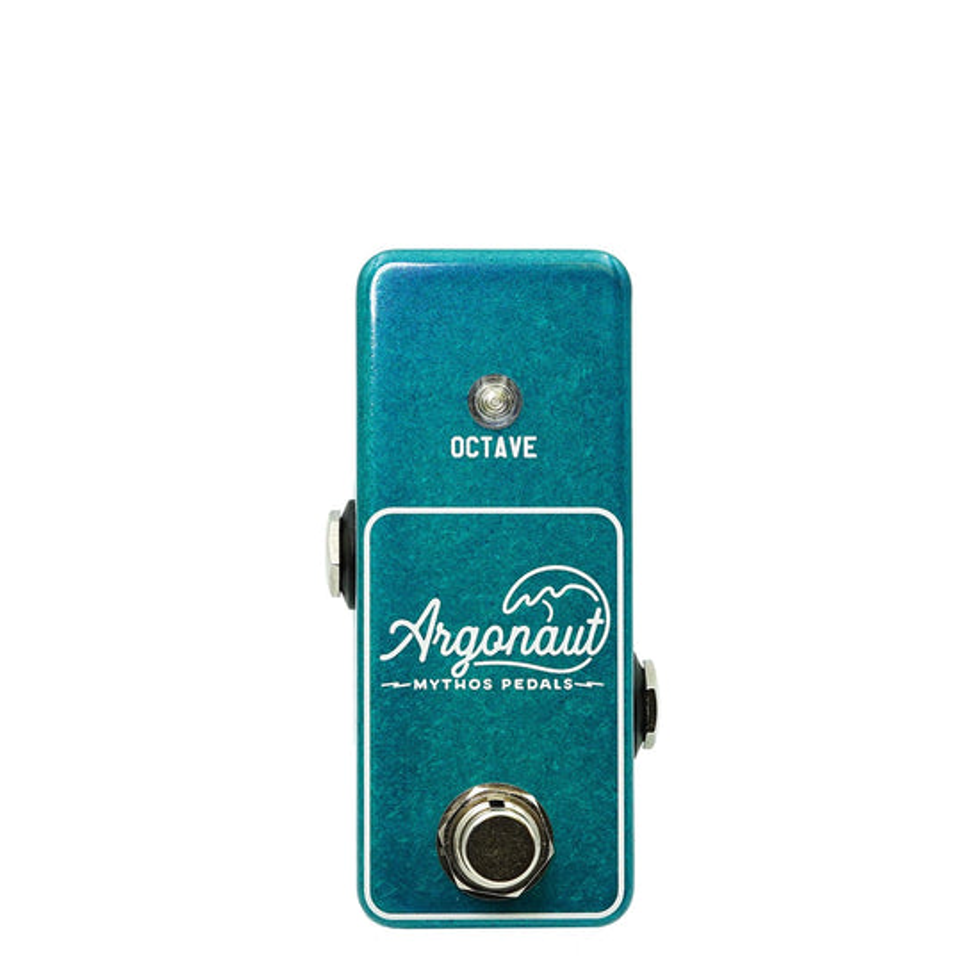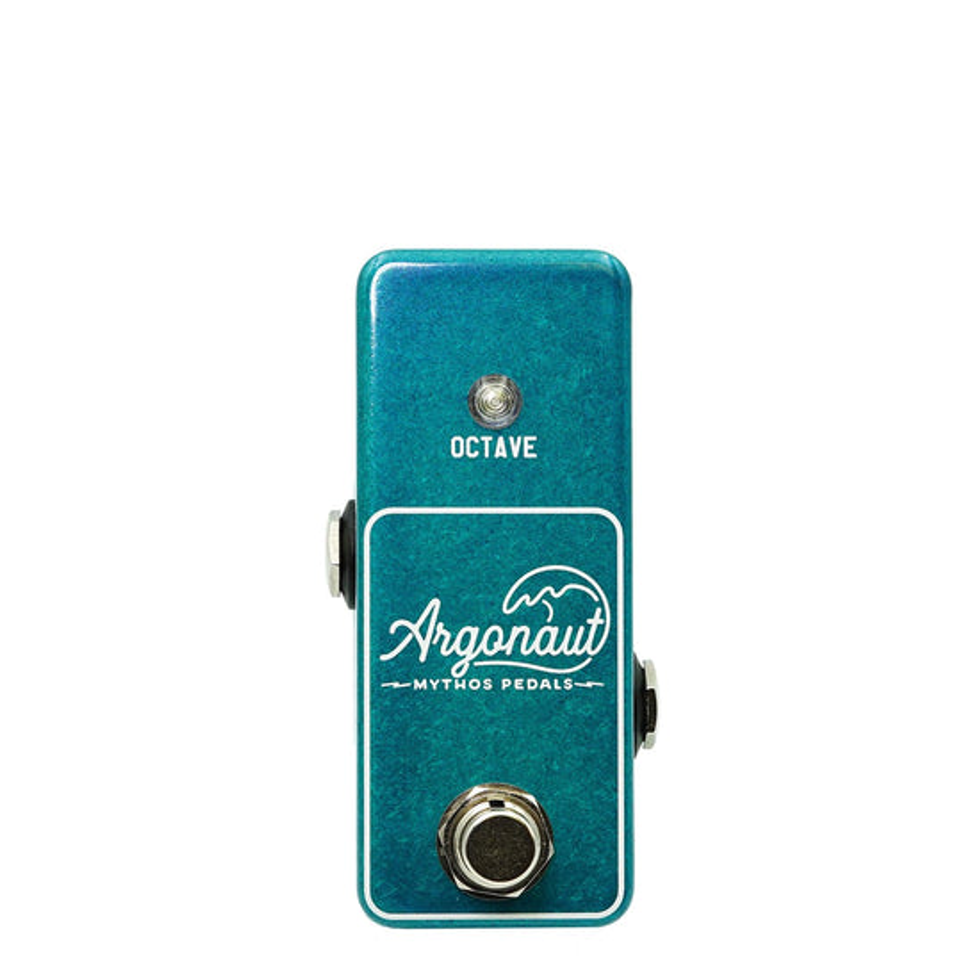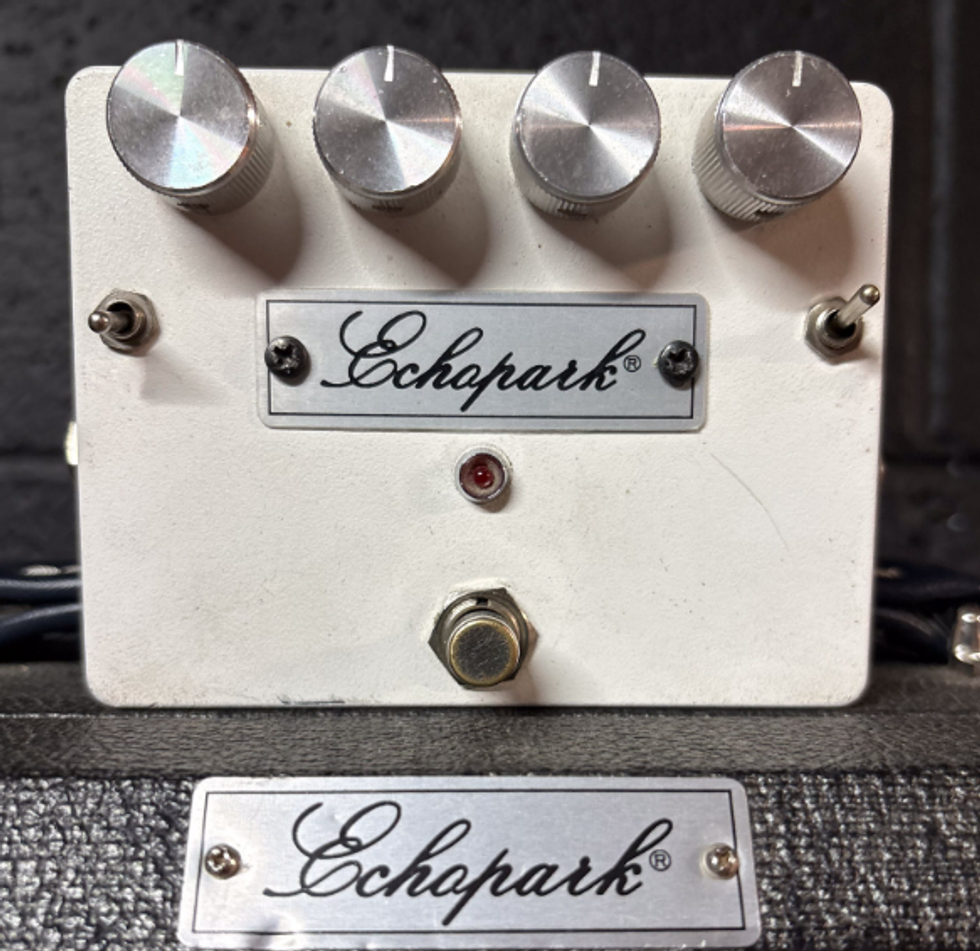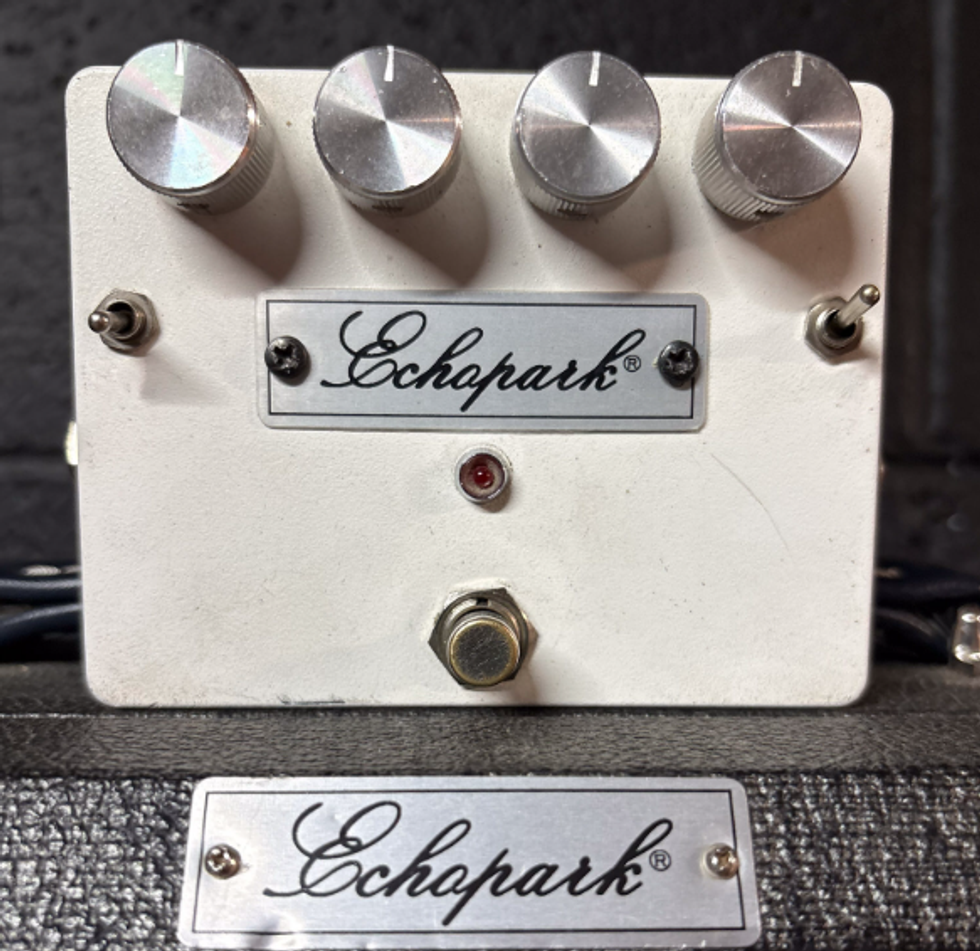I’ve recently been inspired by two very disparate sources: punk rock and Project Runway. This, I know, puts me in clear and present danger of being flamed by the gear bloggeratti but it makes sense, I swear. Allow me to explain. First, I recently did a bunch of work on an article about the gear of the punk rockers. Second, my wife is a seamstress and she watches the TV show Project Runway incessantly. Aside from sharing the same initials, these two cultural phenomenons would seem to have nothing in common— runty rock revolution from snot-nosed kids versus leggy runway models wearing the latest creations from aspiring designers? What could possibly tie these two together?
Make It Work
“Make it work” is the signature line of the host of Project Runway, a guy named Tim Gunn. Whatever the situation, this is what Gunn says. You hear it so much, you begin to believe it—at least I have. It’s given me a whole new attitude toward the gear I have and what I want to do with it.
For those of you who haven’t thought about punk rock for a while, or ever, one takeaway on the movement was that it was driven largely by kids with no money but a desperate will to have their voices heard. That means very few custom shop or boutique axes. Any vintage guitar involved was purely there by mistake. Gear shortage was the norm. There’s a great line in the Clash song “Garageland” that goes: “Twenty-two singers, one microphone / five guitar players, one guitar.” It’s illustrative of the scene. Nobody had much, but they wanted to do something. They had to take what they had and make it work.
The inspiration I got from both sources was similar. In the case of the punks, making it work meant making their axes sound suitably unique. Not just loud or raw or whatever other tonal quality pros conjure, but unique. Punk was about being different, showing a point of view, making a statement, having vision. For designers, unique vision is everything. Who needs a designer who can design a pair of Levi’s? It’s been done! What the world is looking for is something new, something fresh, something that touches on the past but brings it squarely into the future.
That’s called innovation. One definition of innovation is taking something that already exists and making it better. Sound like anyone we know? I would put forward Leo Fender as one of the best innovators of the 20th century. Fender never really purely invented anything. He wasn’t the first at solidbody guitars or guitar amps or multi-necked steels. But he was the guy who perfected it all, made it eminently popular and saleable—which is another definition of innovation. That is, to take an idea and find a practical application for it. Fender did this in spades (and tweed and tolex). He knew that there was a right combination of design, sound, and materials that would allow his products to stand ahead of the others. Leo Fender didn’t invent the stuff, but he took what he had and he made it work.
Both musicians and designers have a unique judgment arena. The musician is judged live, onstage. People either dig or they don’t; they vote with their feet. Plenty of us know the sinking feeling of watching a good crowd dwindle as we get further into our set. The designer has a somewhat different baptism by fire. They get one gig to strut their stuff— literally—as their designs are walked down the runway in front of a thousand cheering (if they’re lucky) people. At the highest levels, both guitarists and designers are reviewed in the newspapers and online and stand the chance to make a decent living.
What’s the point, Wallace? The point here is that every guitar player has the opportunity to share his or her unique vision: “This is who I am, this is how I play, and this is what I sound like.” The key is that, whatever gear you have, whatever level you’re at, whatever kind of doubts you have in your mind, just make it work.
Believe it or not, you can communicate your vision with sound. Mick Jones of The Clash has always said that he believes that the sound of someone’s guitar, the way they play, is a direct reflection of who they are inside. (It’s kind of scary when you think about it. I mean, there have been some nasty tones in guitar history, both nasty good and nasty bad... makes you wonder what some people have going on inside.) Jones himself played a Les Paul through a Roland Space echo into a Boogie MK II driving a 4x12 Marshall cab. The sound was huge, swirling, powerful, sometimes muddy. Not your ordinary rig, but it was distinctly Mick Jones. He made it work.
Wallace Marx Jr.
Wallace Marx Jr. is the author of Gibson Amplifiers, 1933– 2008: 75 Years of the Gold Tone. He is a lifelong musician and has worked in all corners of the music industry. He is currently working on a history of the Valco Company. He is a children’s tour guide at the Museum of Making Music, a struggling surfer, and he once hung out with Joe Strummer.













![Rig Rundown: AFI [2025]](https://www.premierguitar.com/media-library/youtube.jpg?id=62064741&width=1245&height=700&quality=70&coordinates=0%2C0%2C0%2C0)












 Shop Scott's Rig
Shop Scott's Rig
